Albert López
MAGNNETO: A Graph Neural Network-based Multi-Agent system for Traffic Engineering
Mar 31, 2023Abstract:Current trends in networking propose the use of Machine Learning (ML) for a wide variety of network optimization tasks. As such, many efforts have been made to produce ML-based solutions for Traffic Engineering (TE), which is a fundamental problem in ISP networks. Nowadays, state-of-the-art TE optimizers rely on traditional optimization techniques, such as Local search, Constraint Programming, or Linear programming. In this paper, we present MAGNNETO, a distributed ML-based framework that leverages Multi-Agent Reinforcement Learning and Graph Neural Networks for distributed TE optimization. MAGNNETO deploys a set of agents across the network that learn and communicate in a distributed fashion via message exchanges between neighboring agents. Particularly, we apply this framework to optimize link weights in OSPF, with the goal of minimizing network congestion. In our evaluation, we compare MAGNNETO against several state-of-the-art TE optimizers in more than 75 topologies (up to 153 nodes and 354 links), including realistic traffic loads. Our experimental results show that, thanks to its distributed nature, MAGNNETO achieves comparable performance to state-of-the-art TE optimizers with significantly lower execution times. Moreover, our ML-based solution demonstrates a strong generalization capability to successfully operate in new networks unseen during training.
Is Machine Learning Ready for Traffic Engineering Optimization?
Sep 03, 2021
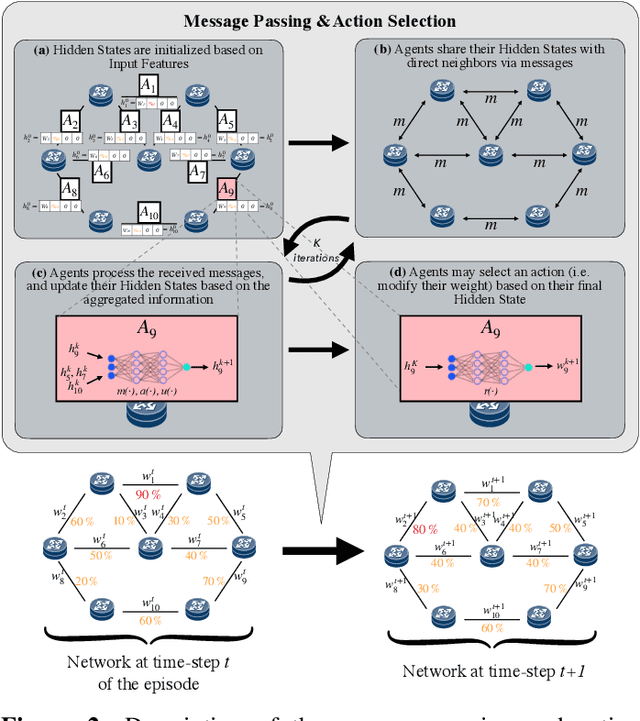
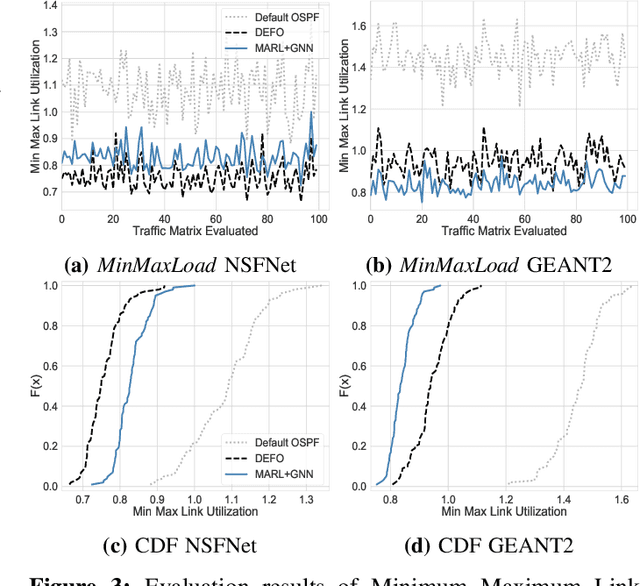
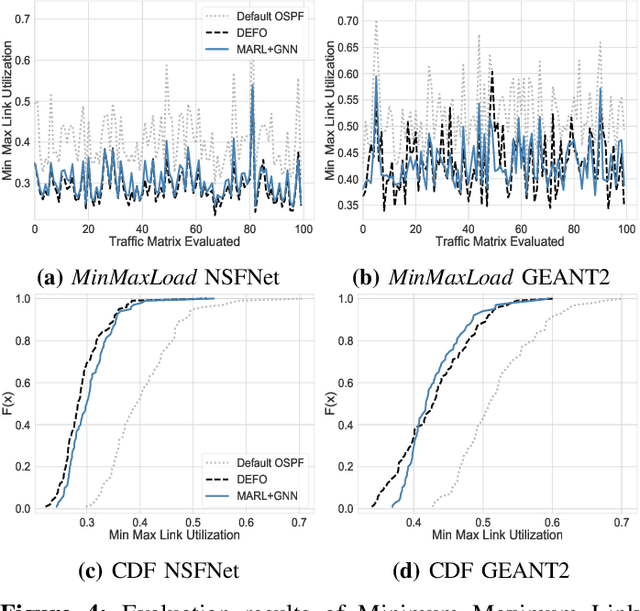
Abstract:Traffic Engineering (TE) is a basic building block of the Internet. In this paper, we analyze whether modern Machine Learning (ML) methods are ready to be used for TE optimization. We address this open question through a comparative analysis between the state of the art in ML and the state of the art in TE. To this end, we first present a novel distributed system for TE that leverages the latest advancements in ML. Our system implements a novel architecture that combines Multi-Agent Reinforcement Learning (MARL) and Graph Neural Networks (GNN) to minimize network congestion. In our evaluation, we compare our MARL+GNN system with DEFO, a network optimizer based on Constraint Programming that represents the state of the art in TE. Our experimental results show that the proposed MARL+GNN solution achieves equivalent performance to DEFO in a wide variety of network scenarios including three real-world network topologies. At the same time, we show that MARL+GNN can achieve significant reductions in execution time (from the scale of minutes with DEFO to a few seconds with our solution).
The Graph Neural Networking Challenge: A Worldwide Competition for Education in AI/ML for Networks
Jul 26, 2021

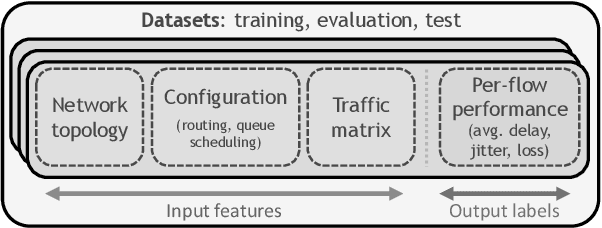
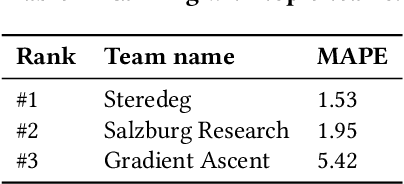
Abstract:During the last decade, Machine Learning (ML) has increasingly become a hot topic in the field of Computer Networks and is expected to be gradually adopted for a plethora of control, monitoring and management tasks in real-world deployments. This poses the need to count on new generations of students, researchers and practitioners with a solid background in ML applied to networks. During 2020, the International Telecommunication Union (ITU) has organized the "ITU AI/ML in 5G challenge'', an open global competition that has introduced to a broad audience some of the current main challenges in ML for networks. This large-scale initiative has gathered 23 different challenges proposed by network operators, equipment manufacturers and academia, and has attracted a total of 1300+ participants from 60+ countries. This paper narrates our experience organizing one of the proposed challenges: the "Graph Neural Networking Challenge 2020''. We describe the problem presented to participants, the tools and resources provided, some organization aspects and participation statistics, an outline of the top-3 awarded solutions, and a summary with some lessons learned during all this journey. As a result, this challenge leaves a curated set of educational resources openly available to anyone interested in the topic.
 Add to Chrome
Add to Chrome Add to Firefox
Add to Firefox Add to Edge
Add to Edge